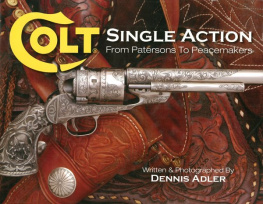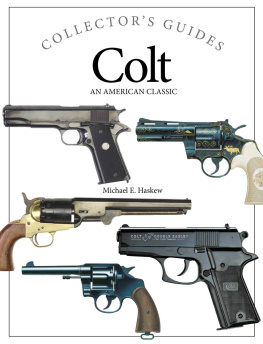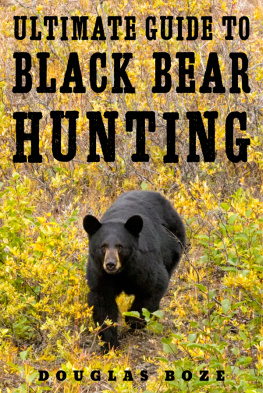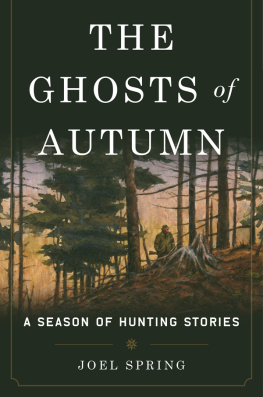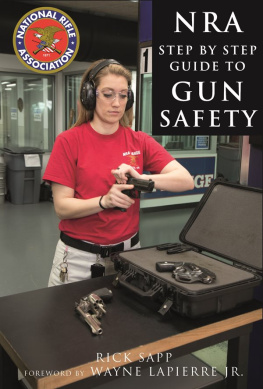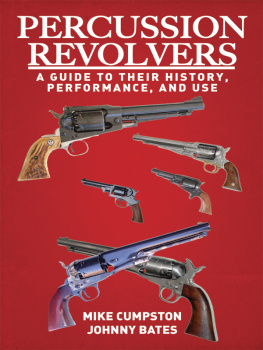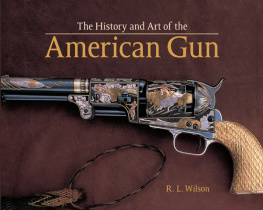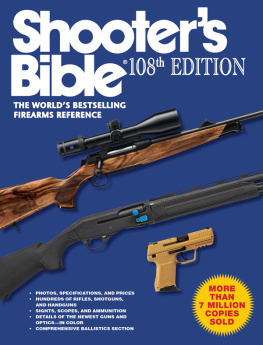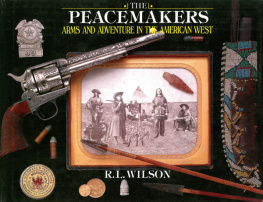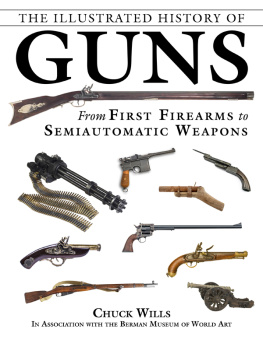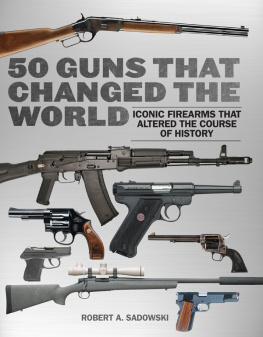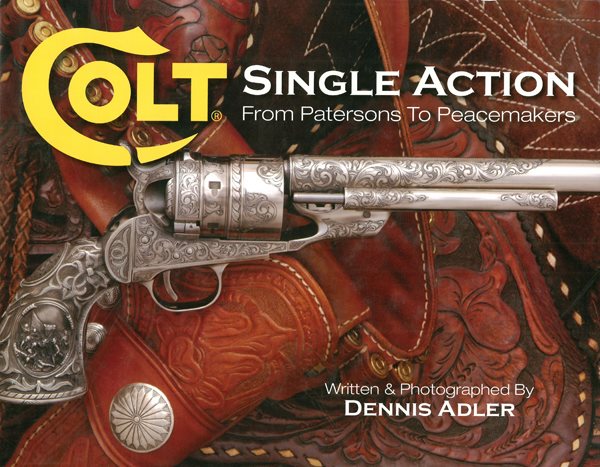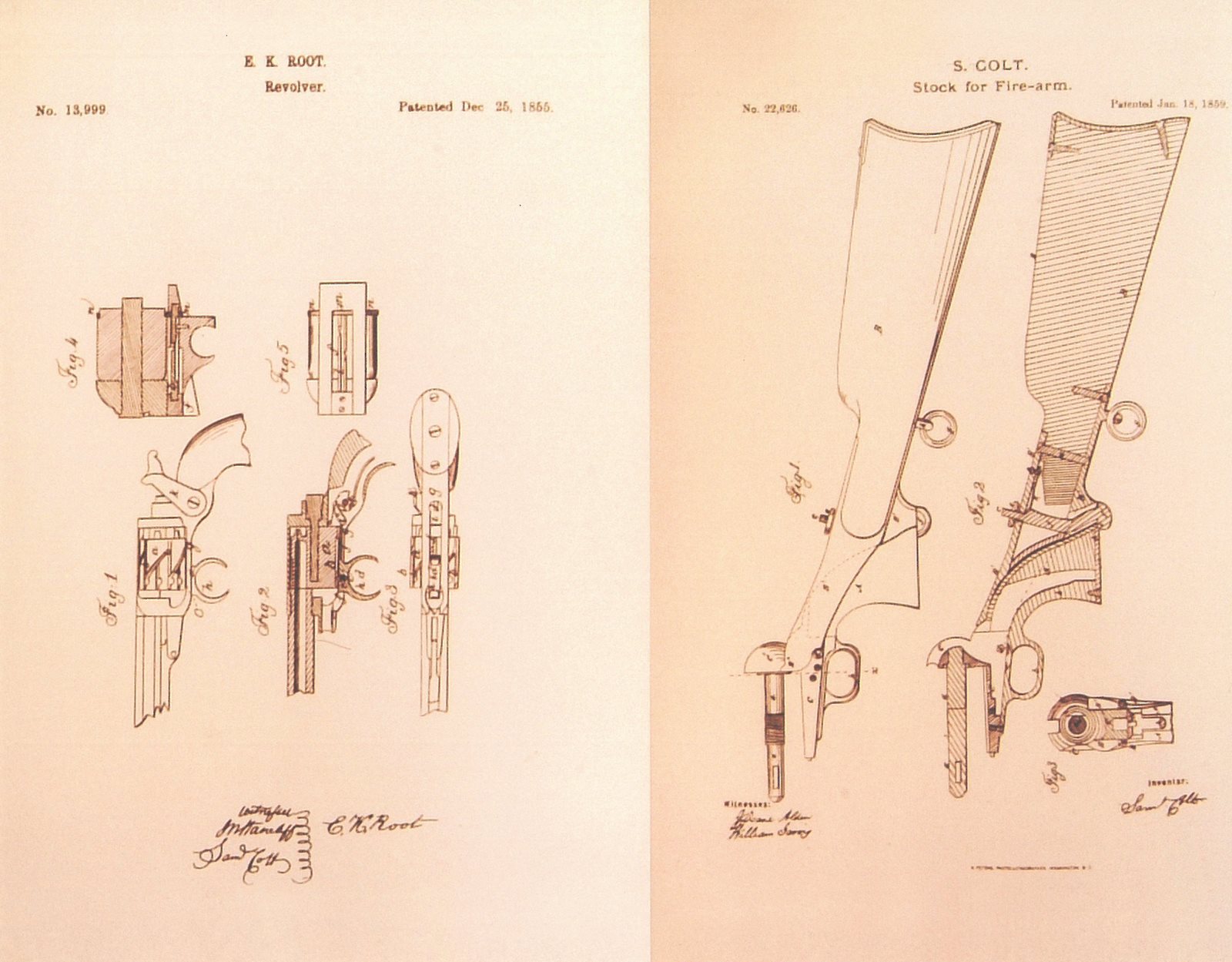
Published by arrangement with Dennis Adler who is represented by
International Transactions, Inc. of New York, USA
Copyright 2006 Dennis Adler
All rights reserved. No part of this publication may be reproduced, stored in a retrieval system, or transmitted, in any form or by any means, electronic, mechanical, photocopying, recording or otherwise, without the prior written permission of the publisher.
A special thank you to Colts Manufacturing Company LLC and New Colt Holding Corp. for granting us permission to use the COLT trademark (Serpentine C).
Edited by R.L. Wilson
Designed by Keith Betterley
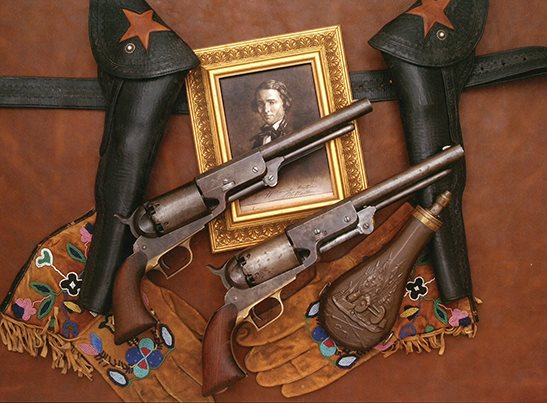
Pictured are two of the most important guns in Colt history, the 1847 Walker revolvers shipped to Capt, Samuel Hamilton Walker by Samuel Colt. Walker was killed on October 9,1847 during the battle of Huamantla in Mexico. His body was brought back and buried in his adopted state of Texas, in the city of San Antonio. (Joseph A. Murphy collection)
Vincit qui patitur, He conquers who suffers.
Samuel Colt
To all the engineers, craftsmen, and engravers who helped make Colt something to write about, and to Jeanne for sharing my enthusiasm of fine guns
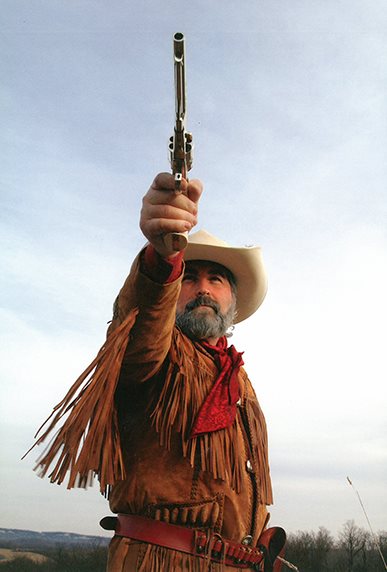
The author is pictured with one of the most rare and unusual of early cartridge guns, a Colt 1860 Army long cylinder conversion.
Acknowledgements
When you write a book you need help. When you write a gun book, you need a lot of help a cadre of collectors, a good gunsmith, engravers, holster makers, period clothiers, a prop house, and the list goes on. If it sounds more like making a movie than writing a book, there are quite a few similarities. If Colt Single Action was a movie, this book would be the storyboard. It is comprised of still images that paint a visual tale of Americas preeminent 19th century gunmaker, Samuel Colt. Chapters are like scenes, each graphically detailing a period in Colts early history, with one chapter flowing into the next as the story evolves. Characters are introduced, wars are fought, heroes and villains emerge; and all of it centered on Sam Colt and the guns produced in Hartford, Connecticut from the 1840s to the early 1880s.
This book would not have been possible without the contributions made by noted Colt collectors Dr. Joseph A. Murphy, Dennis LeVett, and Dow Heard, along with custom guns pictured in several chapters that were recreated for the book from the originals by master gunsmith Robert L. Millington of ArmSport LLC in Eastlake, Colorado, and master engraver John J. Adams, Sr. of Adams & Adams in Vershire, Vermont.
The backdrops designed for many of the photographic layouts are composed of original and reproduction period saddles, holsters, and western accessories. The clothing and hats seen in many of the layouts were supplied by Jim Boeke of River Junction Trade Company in McGregor, Iowa. Many guns are also depicted with period holsters, some of which were made by Jim Lockwood of Legends in Leather in Prescott, Arizona, Greg Doring of Ned Buckshots Wild West, in Minneapolis, Minnesota, and Jim Barnard of Trailrider Products in Littleton, Colorado. All of these gentlemen are dedicated historians in their own right, who continue to handcraft historic American products in the tradition of the American West. A special note of thanks to James Hathaway and Orvis in Manchester Vermont (www.orvis.com) for supplying clothing from their Theodore Roosevelt Collection featured in Colt Single Action with a copy of Teddy Roosevelts engraved and ivory stocked Single Action Army revolver.
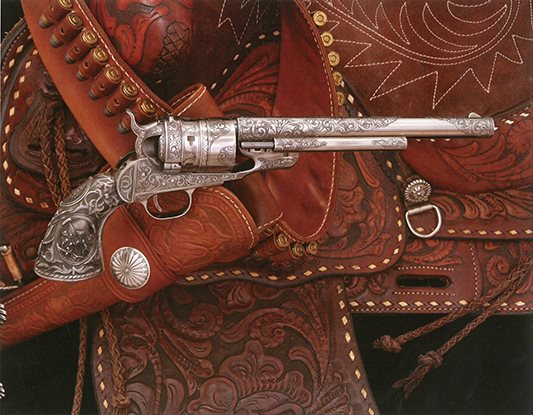
There are many others in the background who contribute to a good book, individual collectors with perhaps only a handful of important guns, or just one, who made their prized possessions available. Our thanks to Texas Gun Collectors Association members Bobby Vance, Roger Muckerheide, and Calvin Patrick for their contributions to the chapters on Colt cartridge conversions, perhaps one of the most important periods in Colts history.
A very special tip of the hat to my agent Peter Riva, without whose faith in this author there would be far fewer books bearing my name today. Thanks also to my friends Mark McNeely and Chuck Ahearn of Allegheny Trade Company in Duncansville, Pennsylvania for supplying original accessories and ammunition featured throughout the book, and the inimitable R. L. Wilson, for his editorial contributions and use of photographs from his personal collection.
No matter how many collectors you find, or how many guns you photograph, there are always the unobtainable examples that are neither in collections at the time or are impossible to recreate. For this we often turn to one of the great auction houses in America, Greg Martin Auctions in San Francisco, California. Martin has compiled a photographic reference library of rare guns and memorabilia second to none, and thus the unobtainable became obtainable for this book. My thanks to Greg and his staff for providing Colt Single Action models and accessories that would have been impossible to acquire for the book. Other rare photos and historical information were supplied courtesy of authors and historians Herbert G. Houze and Stuart Mowbray, and the Wadsworth Atheneum Museum of Art in Hartford, Connecticut.
Our entire publishing group is also thankful to Kathy Hoyt and Joseph Dieso of Colts Firearms Manufacturing Company for supplying additional historical data and allowing the use of the Colt, Peacemaker, and Single Action Army trademarks.
Last, but of great importance, is a publisher who believes in the book and is willing to go the extra distance to ensure a quality product. The best photographs are only as good as the paper on which they are printed, and Chartwell Books has spared no expense in providing the highest quality paper and printing in the industry, while at the same time bringing to market a quality book at a remarkably affordable price.
As George Peppard used to say on The A Team, I love it when a plan comes together.
Dennis Adler
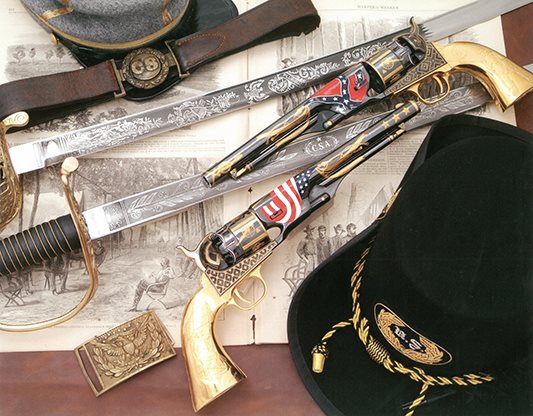
Contents
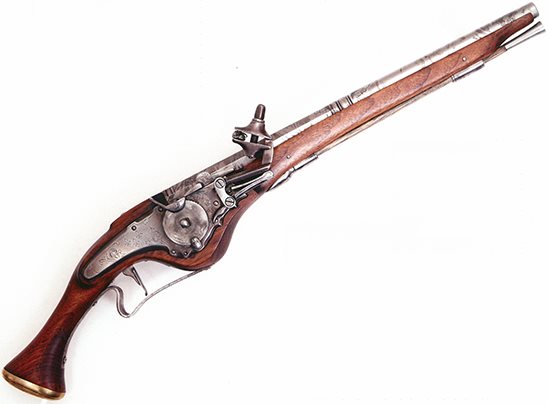
The first practical handguns were wheel-locks. Large, cumbersome guns, often measuring close to 2 feet in length, they required a winding key to rotate and lock the mechanism, which spun the serrated wheel to create a spark. This was the first ignition system that did not require a lighted match to make it ready for use. Using a Wheel-Lock pistol, one could, with practice, shoot an armored knight off his horse at 50 paces. To put that in modern perspective, it is the equivalent of throwing a stone at a Sherman tank and destroying it. (Authors collection)
Introduction
Colt and the American Frontier
Guns for a Generation of Heroes and Villains

